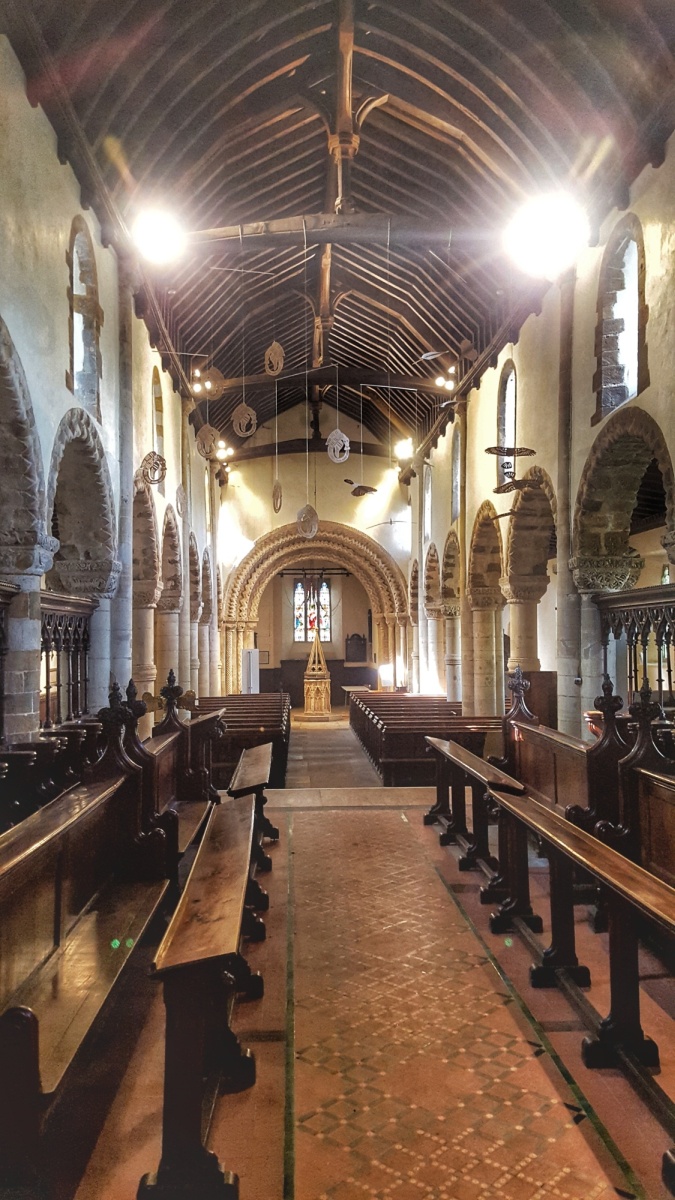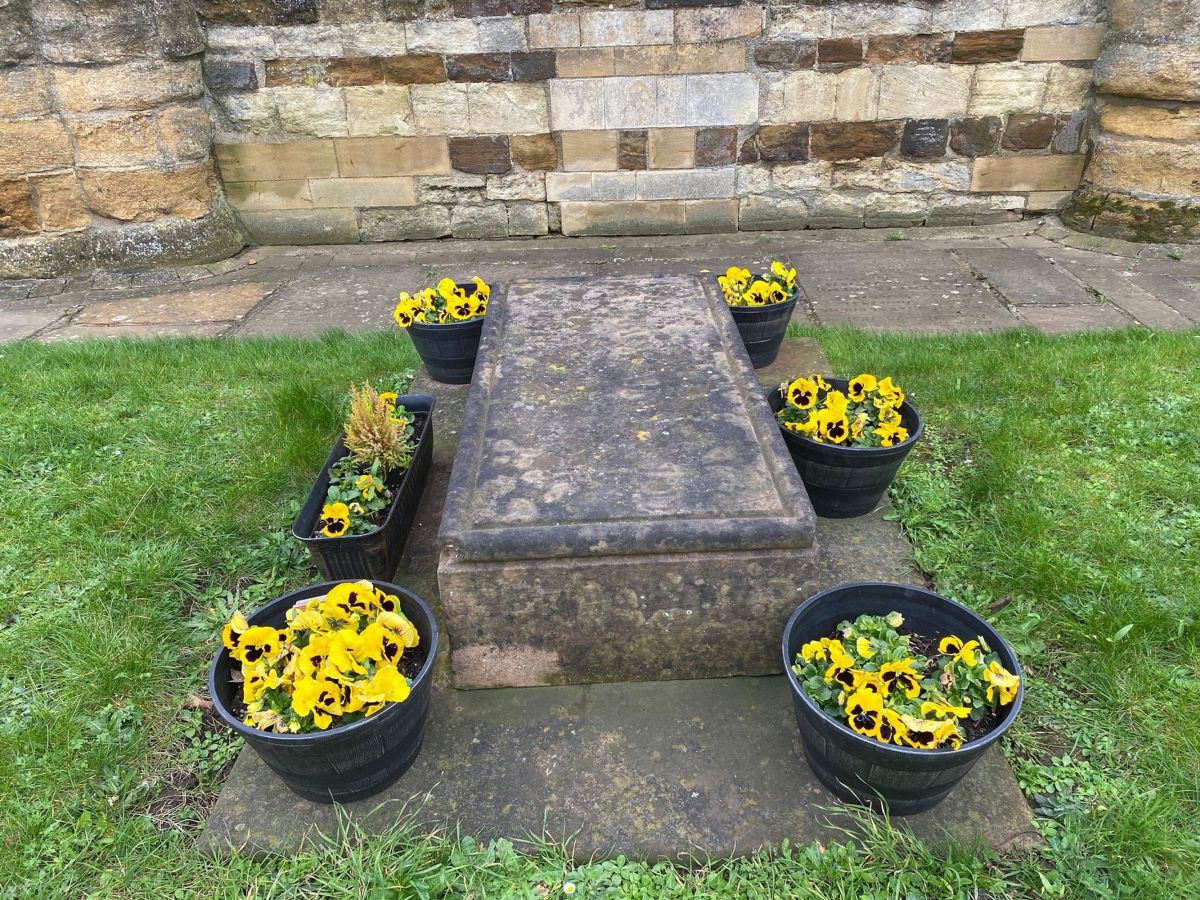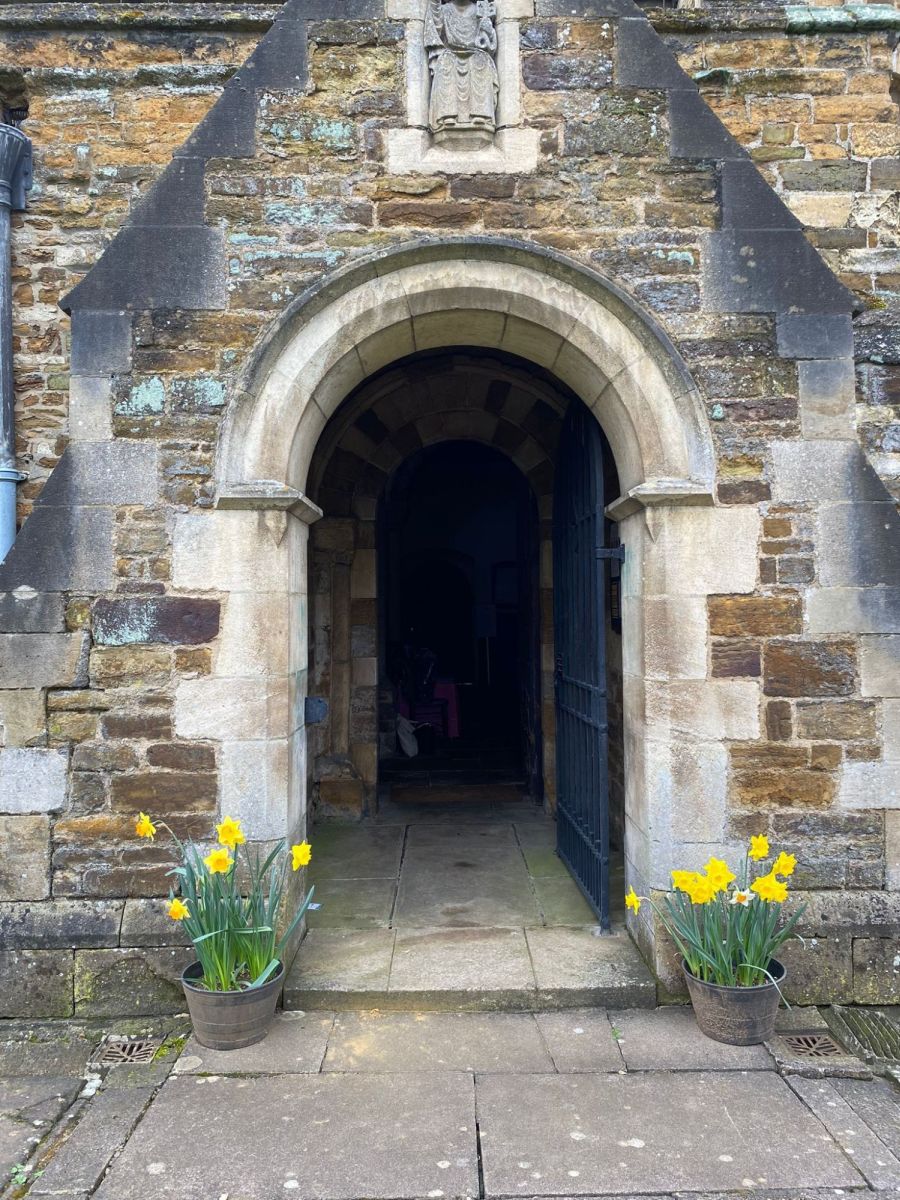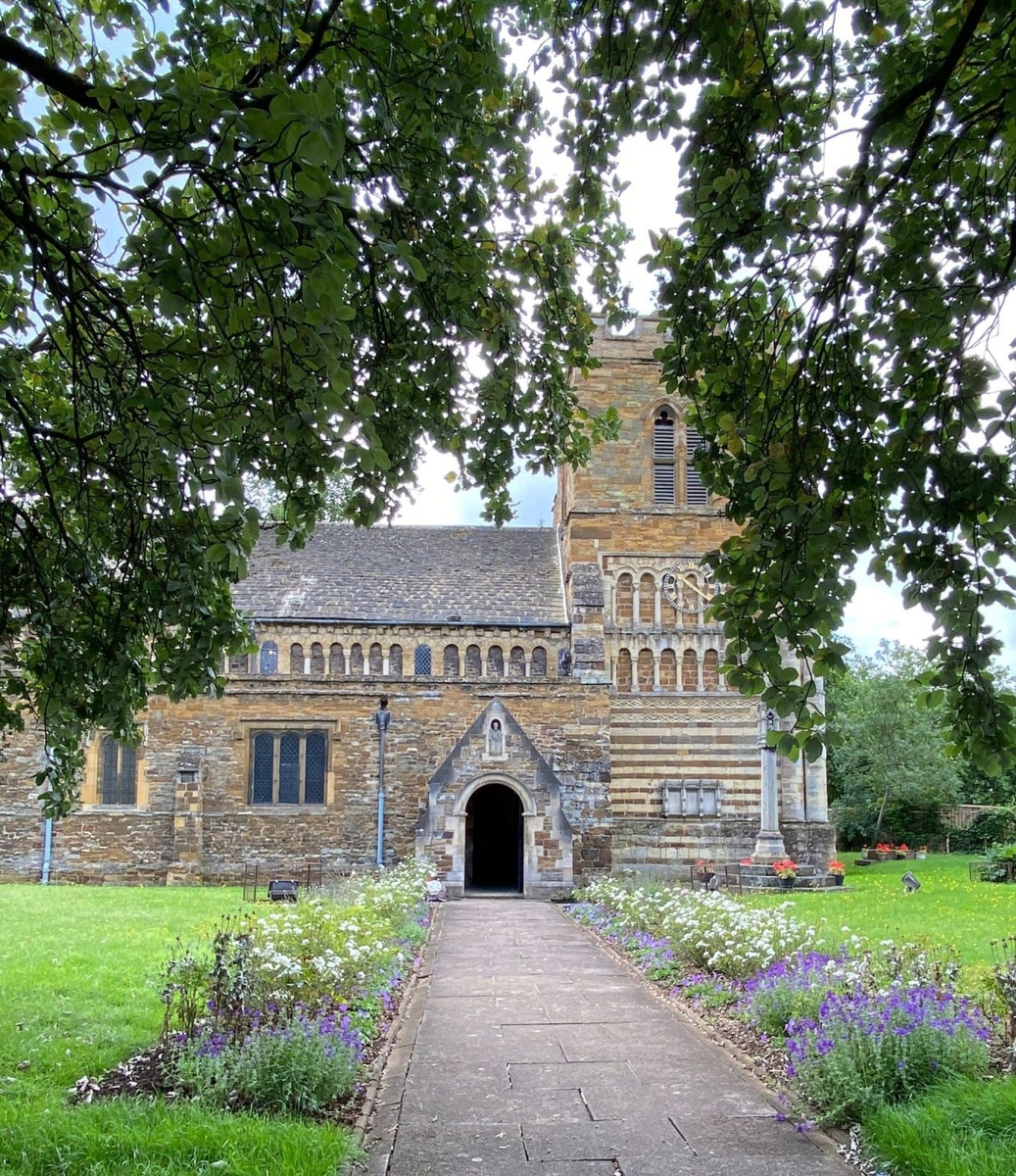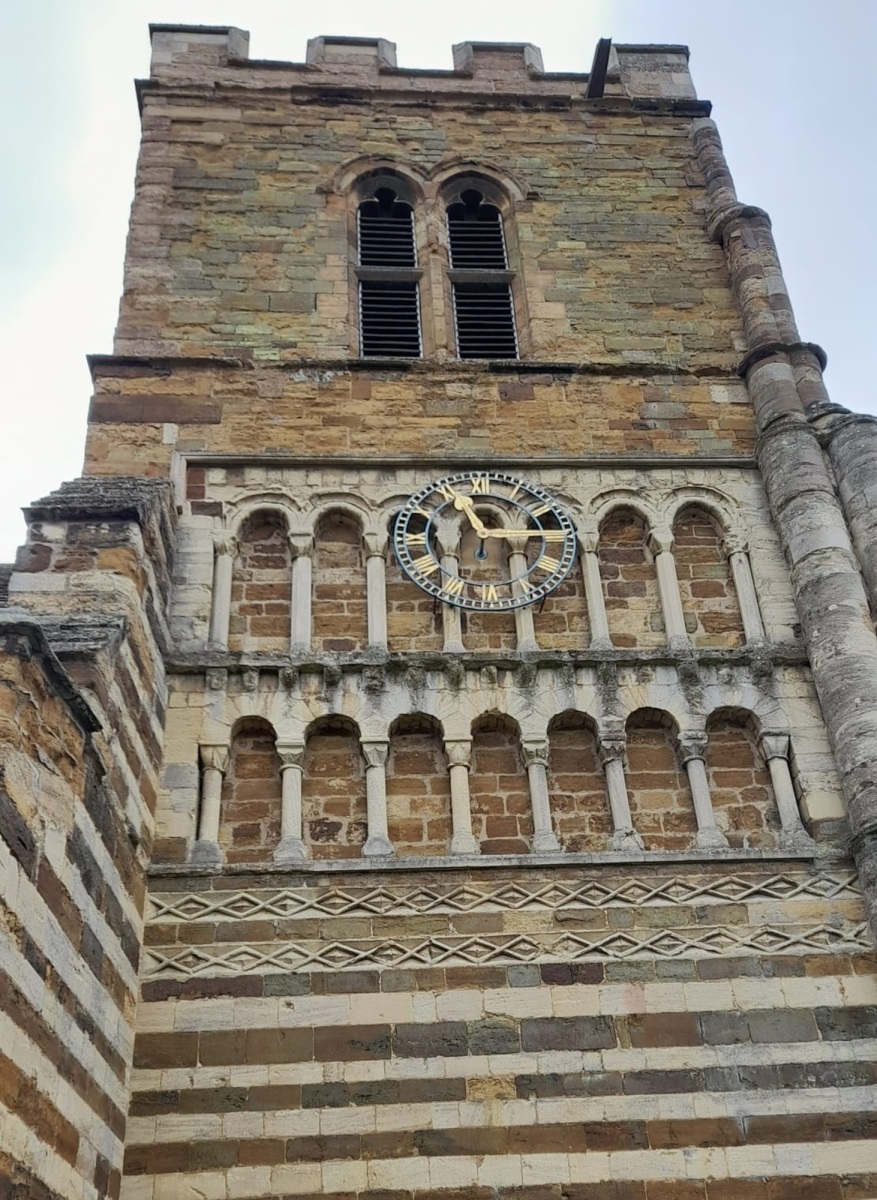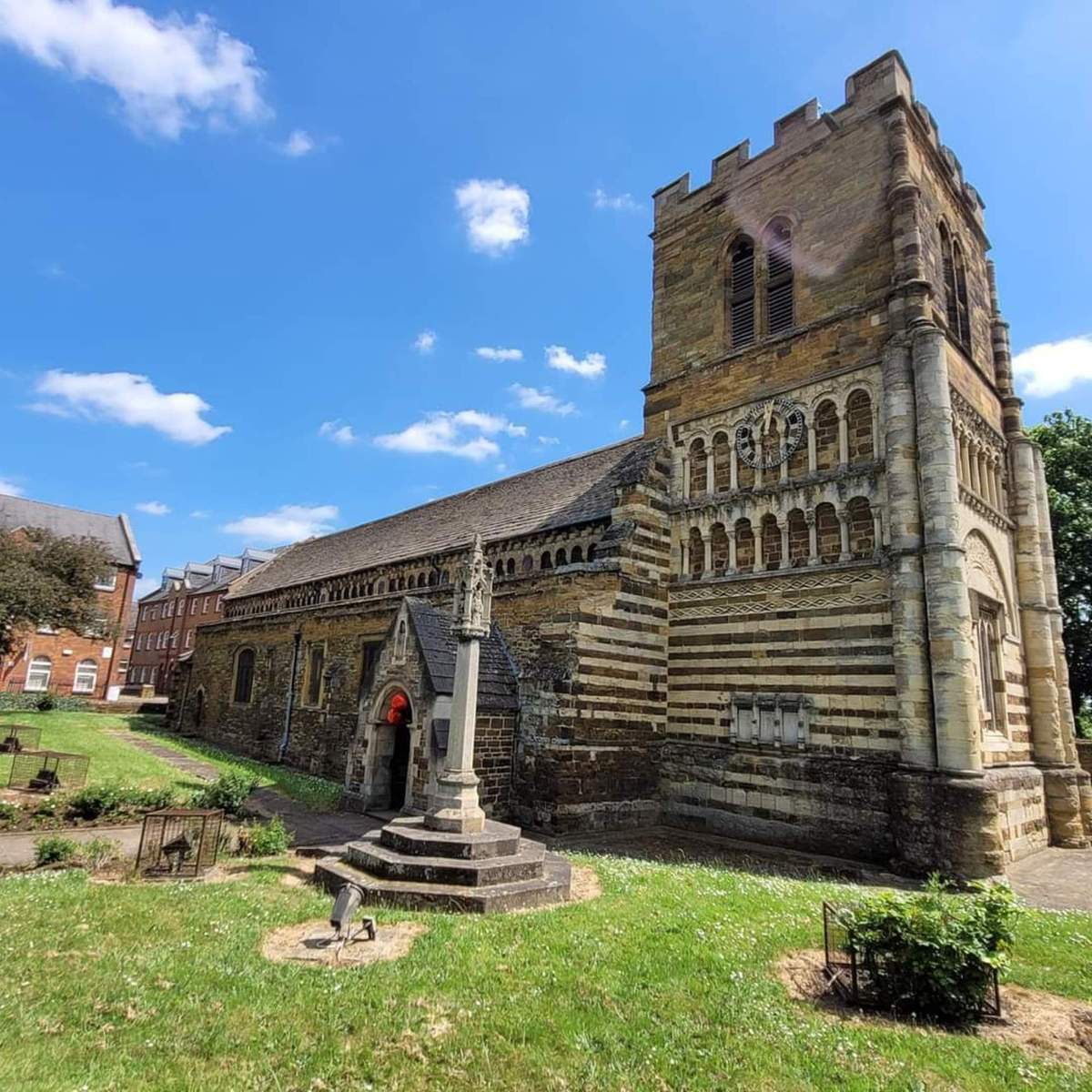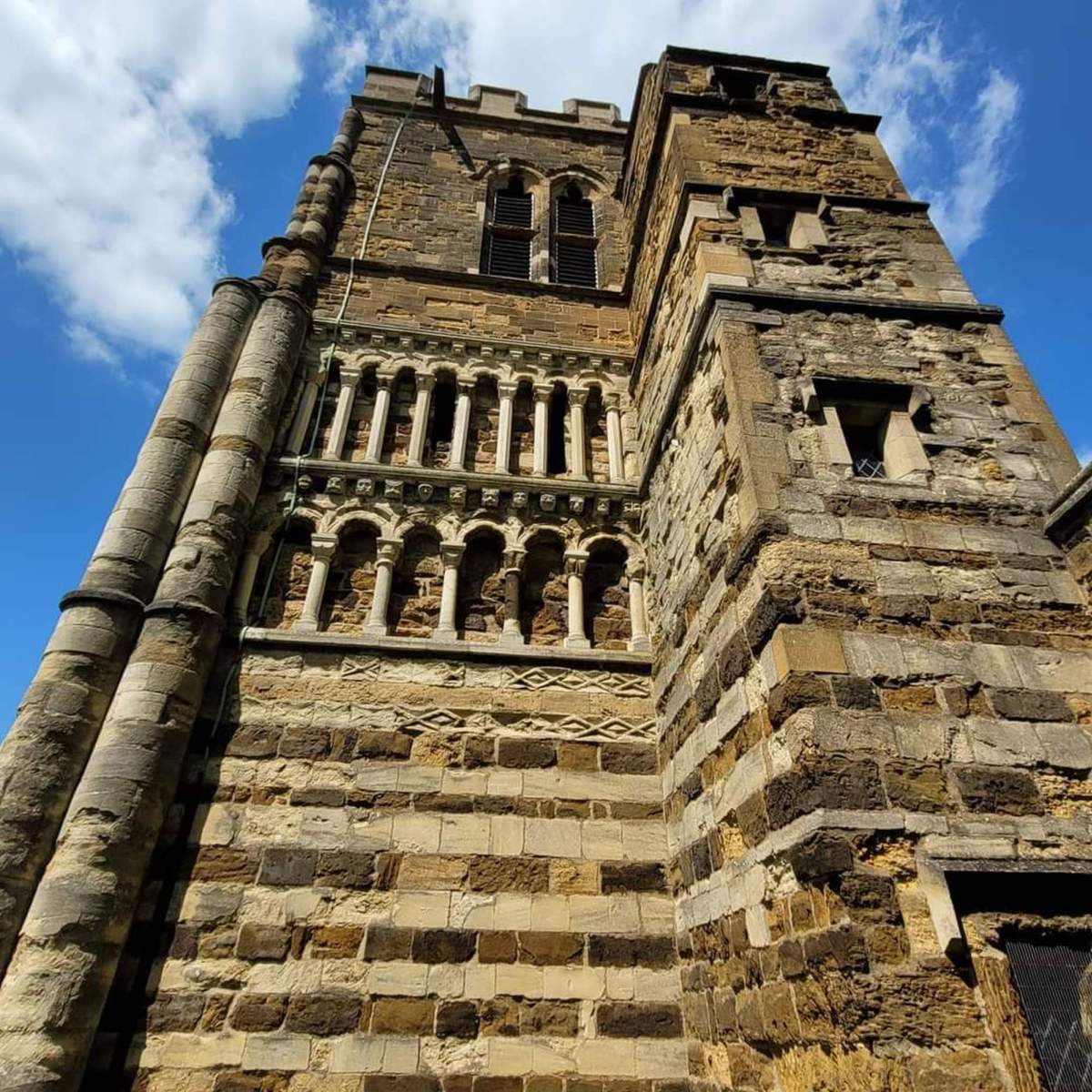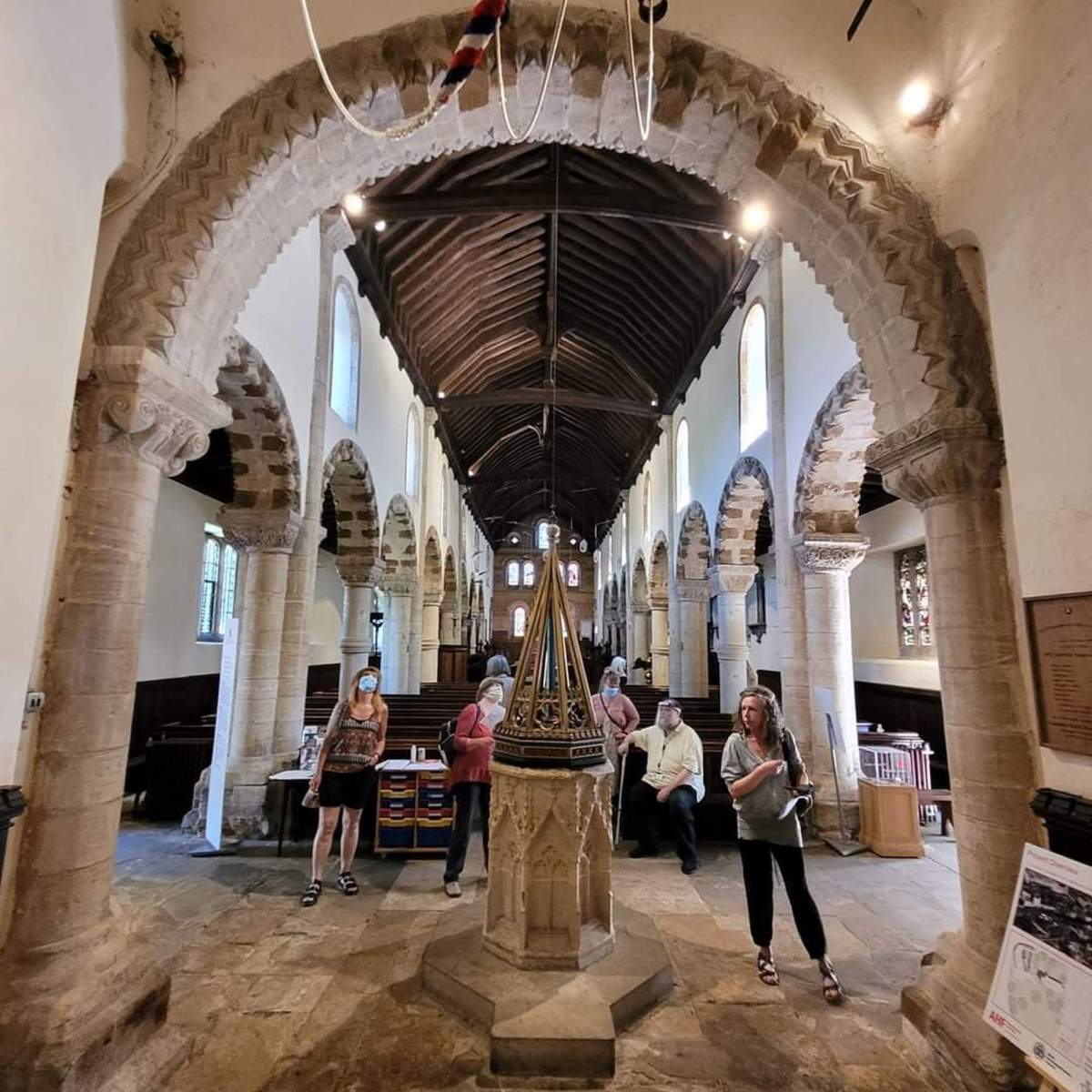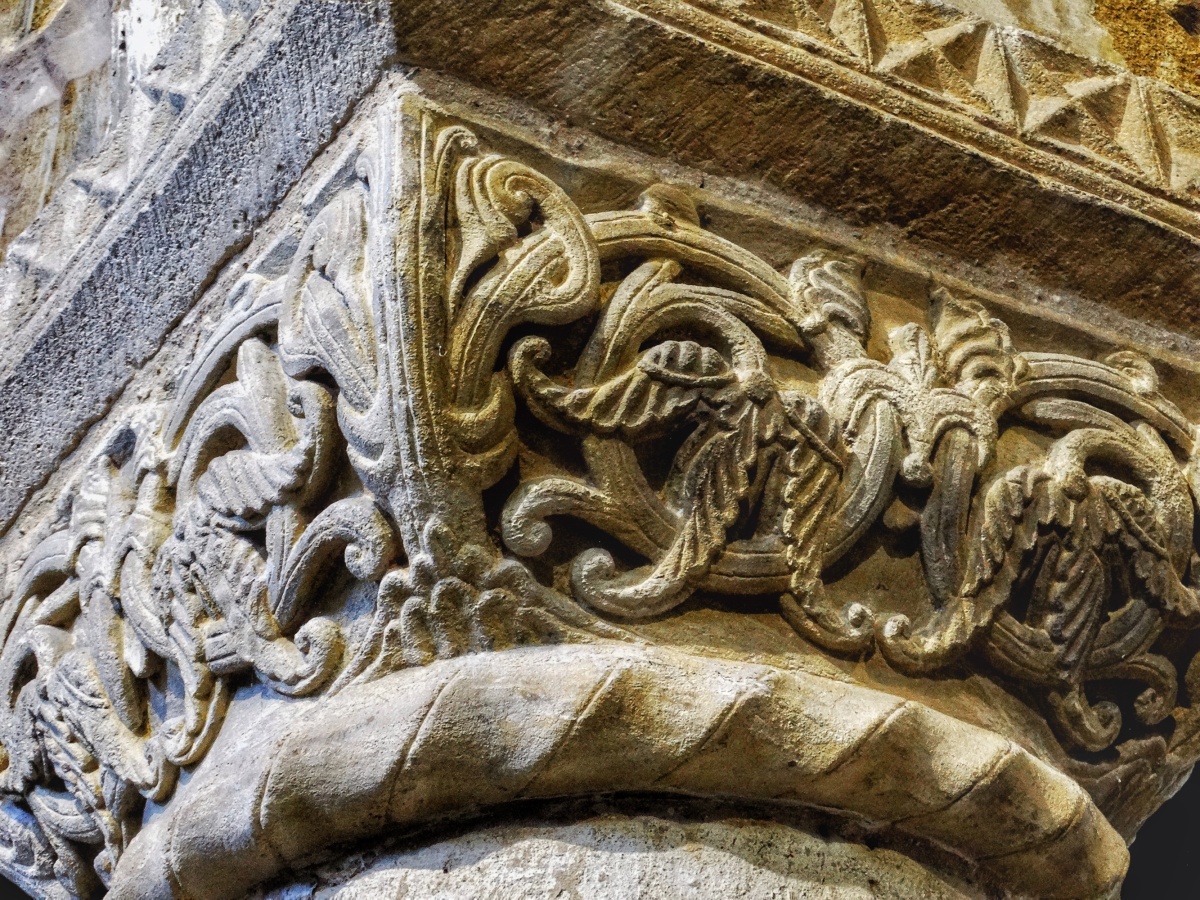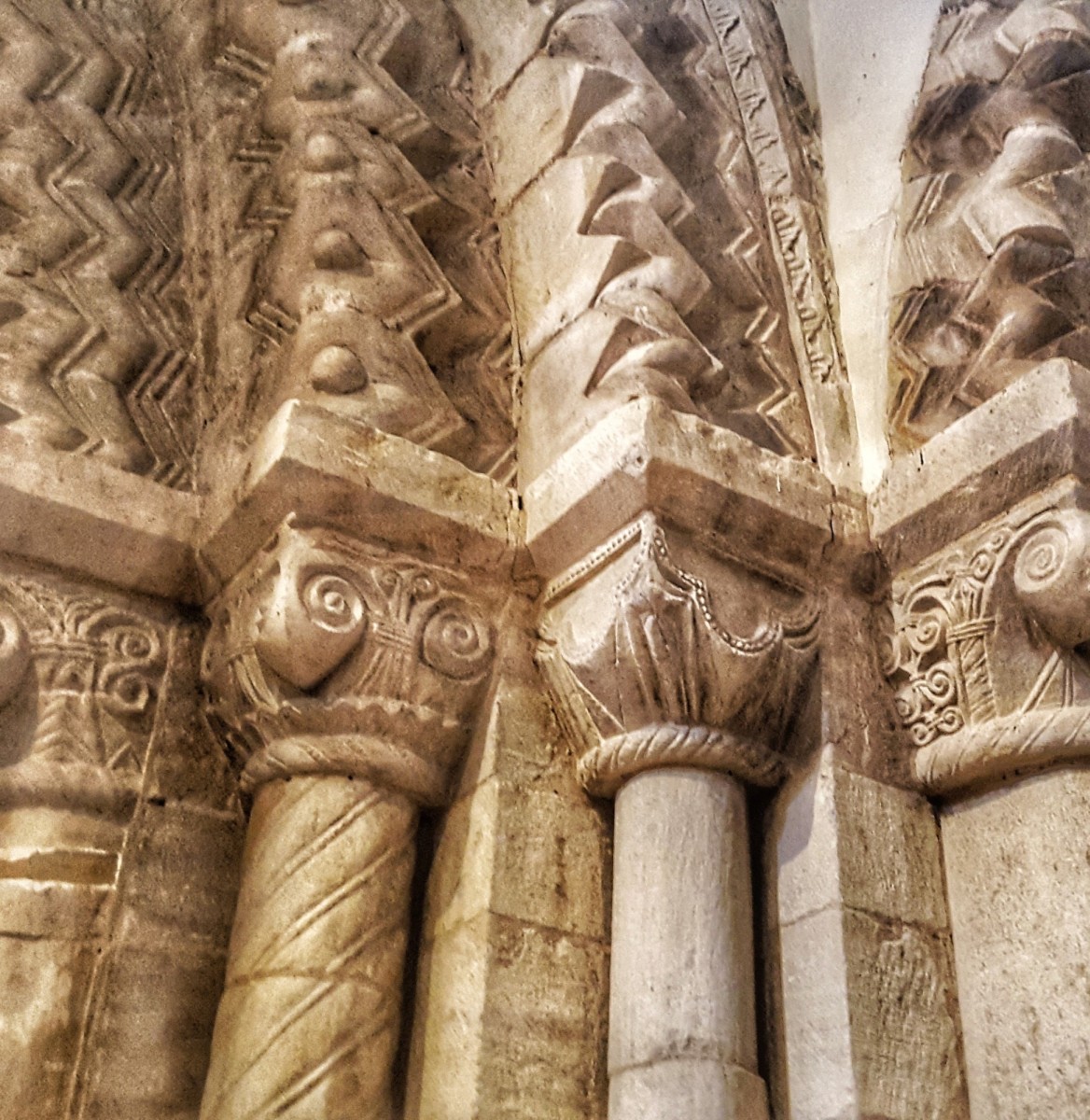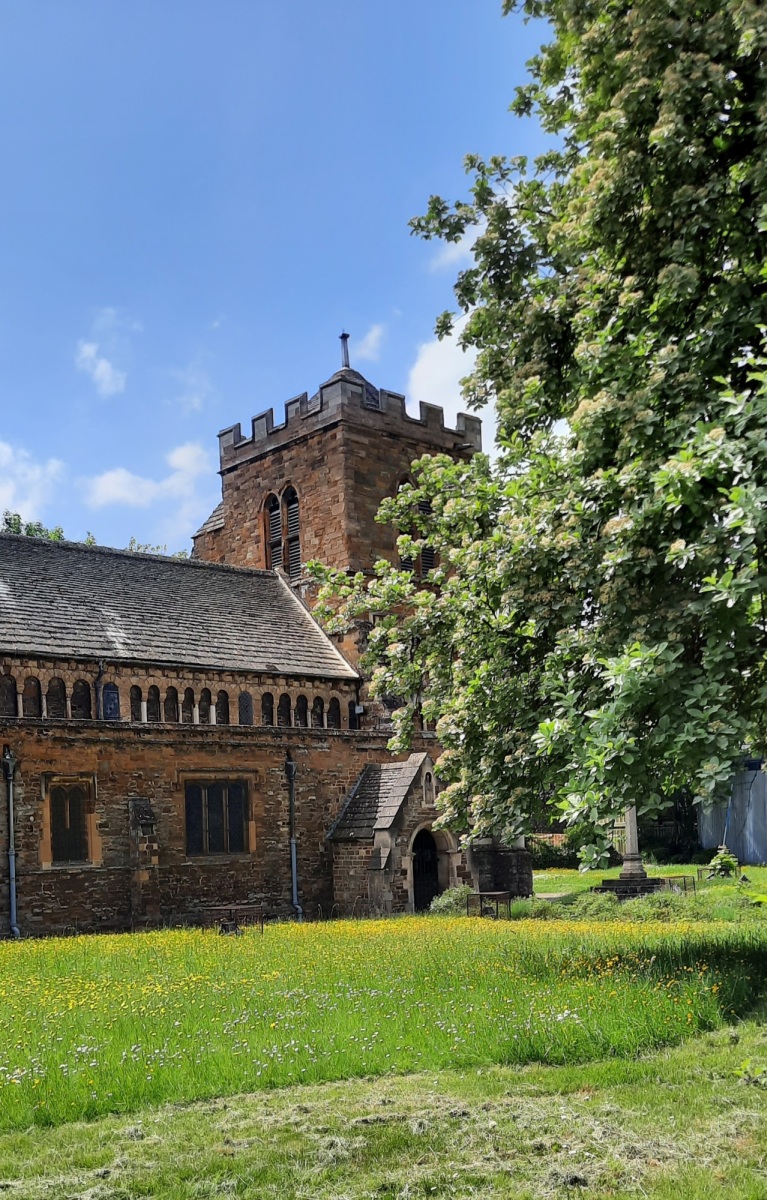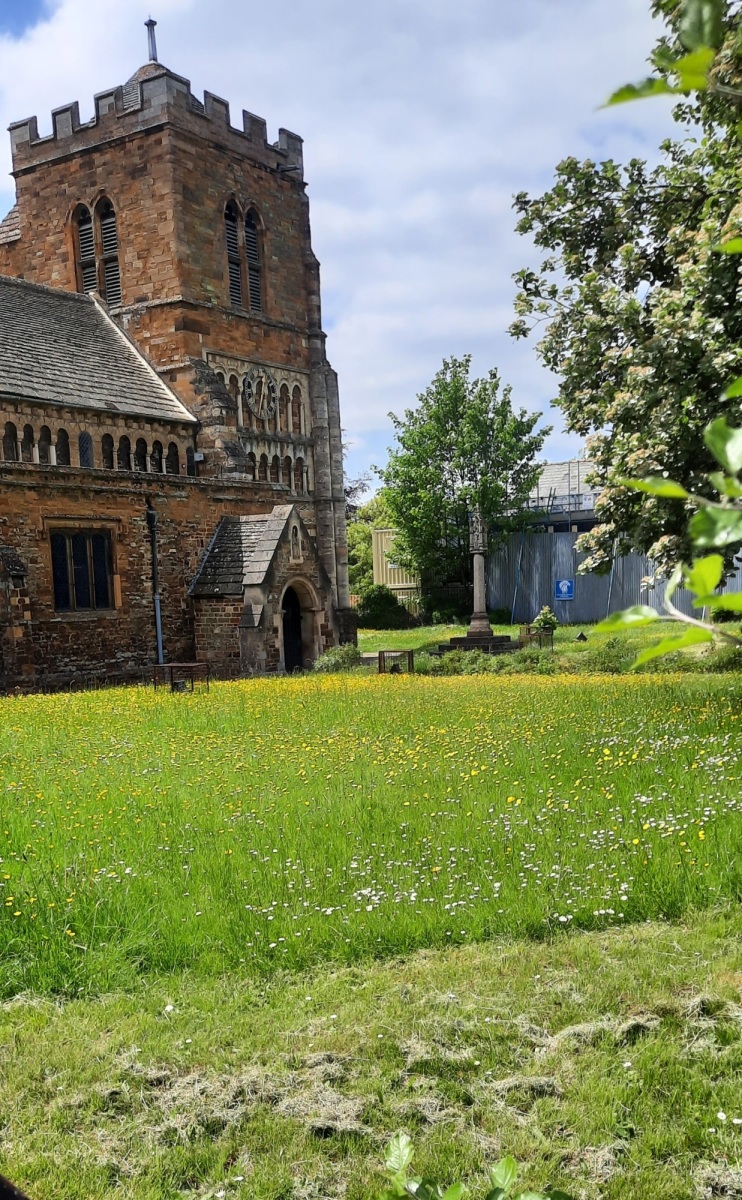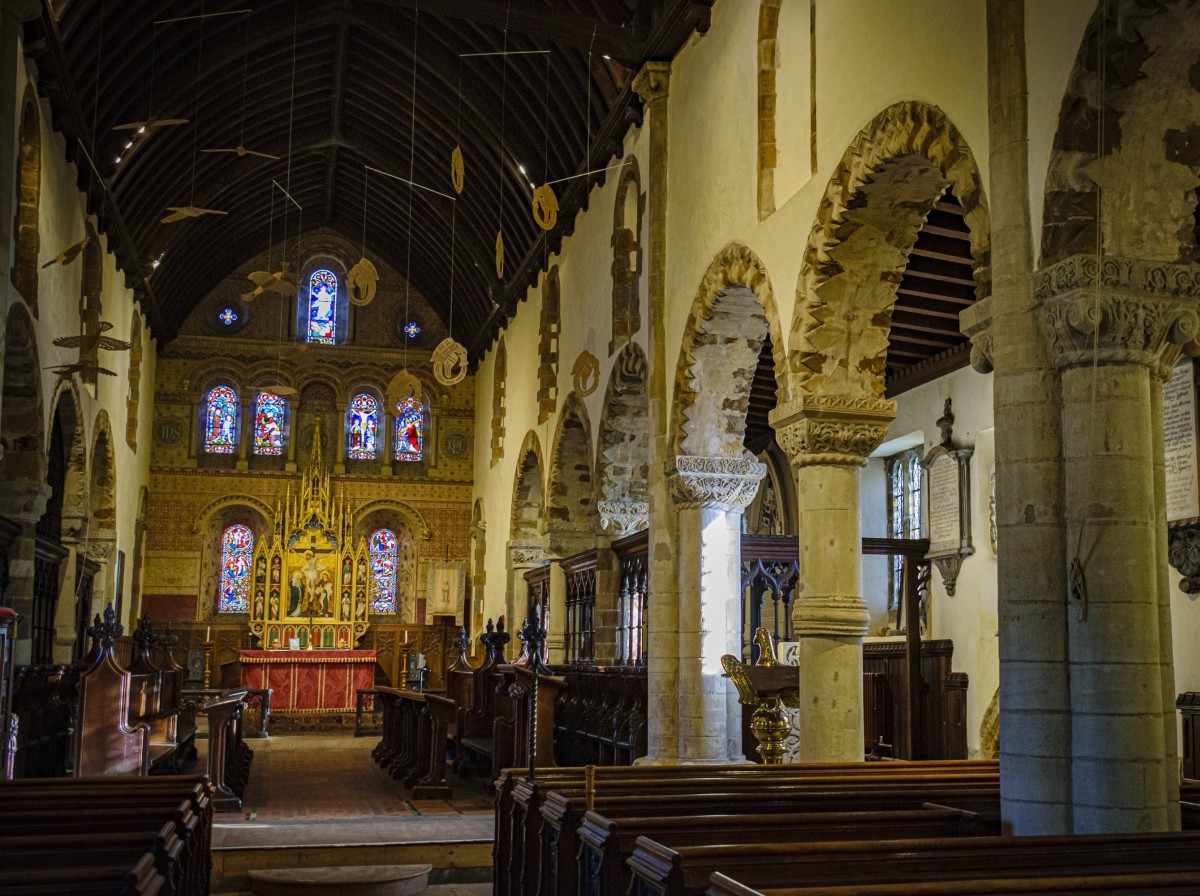About the project
The Churches Conservation Trust (CCT) is delivering an ambitious project to regenerate the Old Black Lion public house in Northampton, which is next door to St Peter’s Church.
St Peter’s, which dates to the 12th century and is listed at Grade I, closed in 1995 and was vested in the CCT in 1998. The CCT is the national charity protecting churches at risk, which cares for over 350 churches nationwide.
The Old Black Lion, a Grade-II listed building, is currently closed. Its historic fabric, dating to the 16th-century onwards, is deteriorating and it has been subject to break-ins and criminal activity. This has a negative effect on the church and churchyard, and the wider character of Marefair.
Our video page has three videos of talks about the project
The primary aim of the project is to restore the Old Black Lion as a ‘proper pub’, open for business and once again serving the local community. The refurbished pub would also provide hospitality facilities for St Peter’s Church. This would support the work of the Friends of St Peter’s Church, and other beneficial uses of the church building such as concerts, performances, and events.
The revitalised pub could also generate funds for the repair and conservation of St Peter’s Church and to support the work of the CCT, providing the church with a sustainable future.
The pub is owned by West Northamptonshire Council and we are exploring taking a long lease so that we can invest significantly in the repair and regeneration of the building. The CCT has been awarded a National Lottery Heritage Fund Enterprise Grant of £1.8m in support of the £2.5m project. Funding has also been granted by HM Treasury (via the Towns Fund, announced in the March 2021 Budget), West Northamptonshire Council, the Architectural Heritage Fund, and West Northamptonshire Development Corporation.
The plans for the complete regeneration were awarded planning permission and listed building consent at the end of November 2021. The plans were drawn by Manchester-based OMI Architects, with conservation architects Crosby Granger.
Work started in 2023, with the aim of opening the restored premises in 2024 under the proprietorship Phipps Albion Brewery. The CCT will move into the upper parts of the building.

